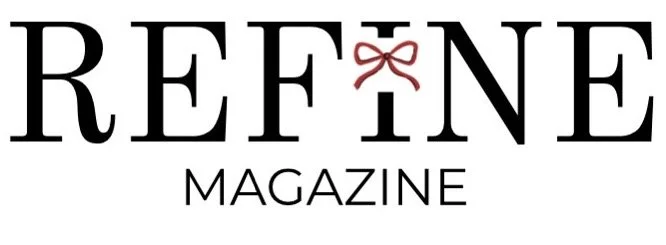These Artists Reject the Norms of their Genre
Photo by Travis Yewell on Unsplash
By Michaela Baus
With the advent of streaming services such as Spotify, Apple Music, and even YouTube, anyone can have immediate access to any music imaginable. Listeners are now exposed to styles and sounds which may have gone unknown under the traditional distribution methods of the past.
As such, many artists feel an increased sense of liberty in incorporating a new array of sounds into their discography—looking beyond their respective genres to create distinctive and memorable tracks. However, going beyond genre isn’t a phenomenon limited to our modern world of music streaming. Here are several albums, new and old, crafted by artists who have no hesitation in rejecting genre in favor of their own unique styles.
Credit to Virgin EMI Records
“Isolation” by Kali Uchis (2018)
This singer’s sound is dreamy, soulful and sensitive; however, placing her music into a single genre is a difficult task. Through her body of work, Uchis used elements of R&B, reggae, dream pop and Latin music to craft tracks which not only reinforce her aesthetic universe but grant it a third dimension of sensitivity and spirituality. Her most recent album, “Isolation” continues this reinforcement.
Credit to Verve Records
“Chelsea Girl” by Nico (1967)
A lost icon of ‘60s alternative culture, German singer Nico (who got her musical start as a member of the Andy Warhol managed band, The Velvet Underground) and her experimental discography are credited as being a major influence within the sphere of avant-garde music. While “Chelsea Girl” is by far Nico’s most conventional album, it expresses an interesting combination of folk and ‘60s pop with dark, gothic overtones.
Credit to Young Turks
“M3ll155X” by FKA twigs (2015)
Drawing on a multitude of sonic influences such as electronic, industrial, choral, and hip-hop, FKA Twigs has made a name for herself in recent years through her eclectic style. Her unique vocals, strong sense of emotionality and commitment to her aesthetic vision make “M3LL155X” a memorable album.
Credit to Sub Pop
“Titanic Rising” by Weyes Blood (2019)
With Weyes Blood’s nostalgic vocals and psychedelic tones, you wouldn’t expect this artist’s music to feel as fresh as it does. With her latest album, “Titanic Rising,” a myriad of sounds and imagery are drawn upon and come together to form a piece of work that goes beyond traditional genre to form something hazy, introspective, and moving.
Credit to Polydor Records
“Vespertine” by Björk (2001)
Björk is well known as an artist who does not adhere to any specific style, whether that be in terms of her music or visuals and “Vespertine” is a good example of this. Picking up the labels “folktronica,” “glitch pop,” and “minimal techno,” this album blends a multitude of sonic styles that you may expect to clash in a strikingly harmonious way.
Credit to 5 Points Records
“Lizzy Grant A.K.A Lana Del Ray” by Lana Del Rey (2010)
Yes, before there was a Lana Del Rey, there actually was Lana Del Ray, whose first album was quickly pulled after a decision to rebrand. Though understandably overlooked, as the album isn’t on any major streaming apps, “A.K.A” (which can be found on YouTube or SoundCloud) portrays an incredible sense of individuality and vulnerability. This is all expressed through an incorporation of folk, surf, rock, and several other sounds that have yet to be defined. Though this album is quite different from the rest of Lana’s discography – with both hypnotic eeriness and naiveté – it has the same themes of longing, love, and loss.
Credit to Studio in the Country
“Depression Cherry” by Beach House (2015)
Though existing within the realm of dream pop, “Depression Cherry” mellows the sound even further, all while including rock influences. Ethereal and spacey, this album extends its genre in a number of ways – from its departure to a more minimal production style to its spacey atmosphere.
Music genres are ever-changing and evolving, and this is because of artists, like those above, who expand the sonic spaces they exist in for the sake of artistic and personal expression. With almost all music now available for streaming and with more varied sounds entering the mainstream, it’s hard to imagine what new styles will come forth. What can be said, though, is that whatever is to come is very likely to be unplaceable within a single genre.








